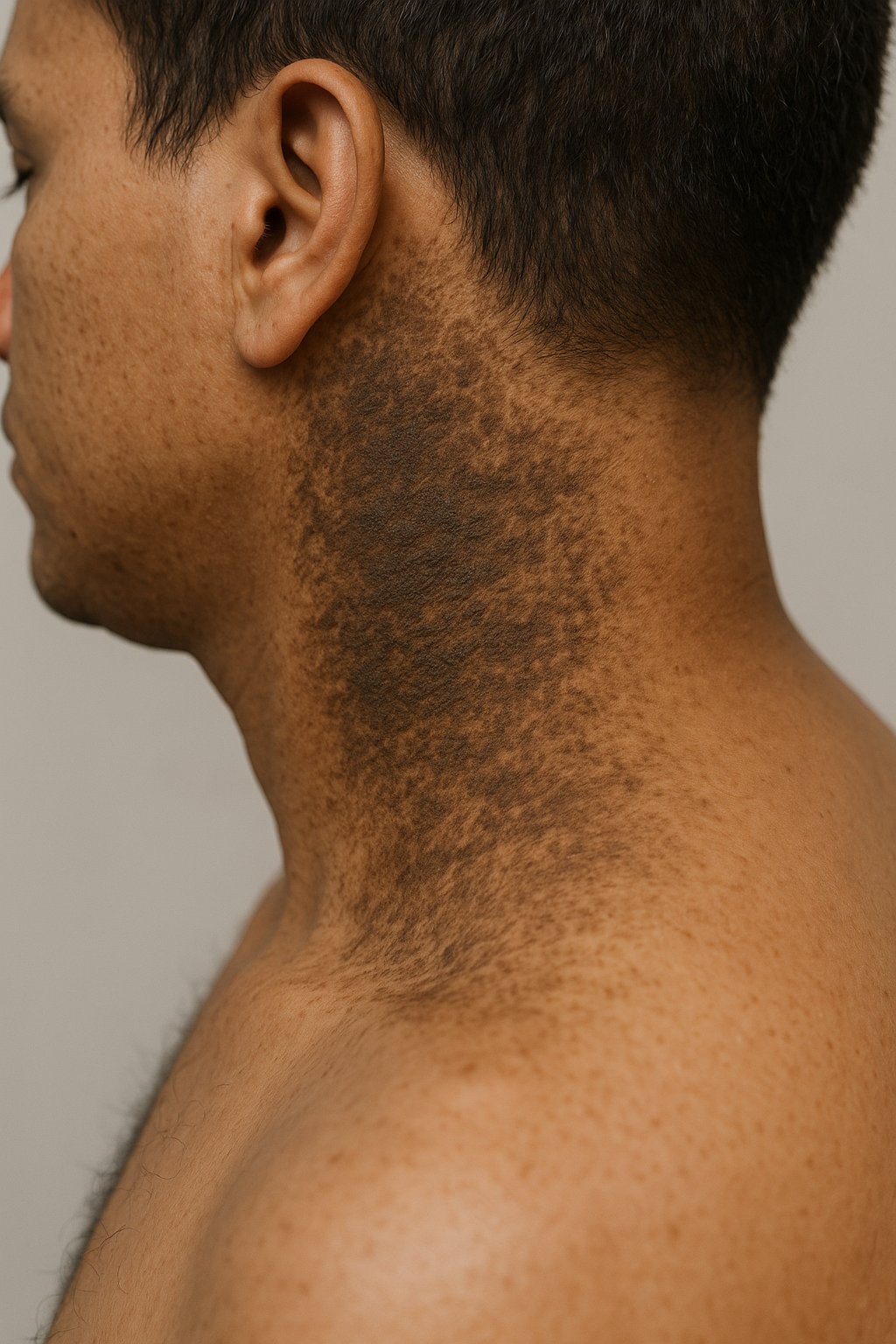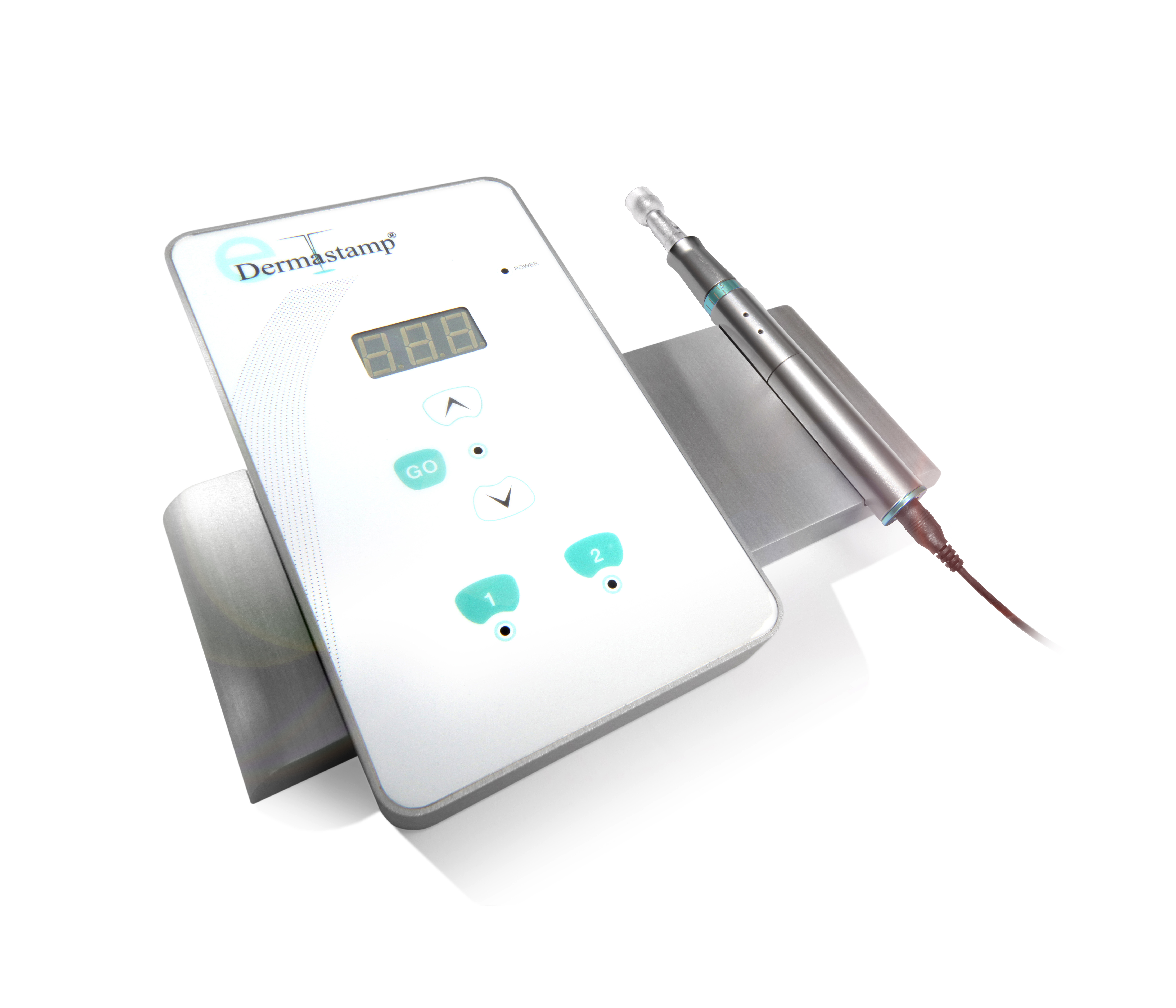Retinoids are a class of medications derived from vitamin A, recognized for their efficacy in treating various inflammatory skin disorders, skin cancer, and signs of skin aging. They are grouped into four generations, based on their chemical structure and specific uses. The first generation includes retinol, retinal, and tretinoin, known for their basic non-aromatic structures. The second generation contains mono-aromatic compounds like etretinate and its metabolite acitretin, while the third generation, such as adapalene and tazarotene, features poly-aromatic structures. The fourth generation includes trifarotene, a more advanced retinoid formulation.
Retinoids function by binding to and activating retinoic acid receptors (RAR) and retinoid X receptors (RXR), which play crucial roles in regulating cell proliferation, differentiation, and apoptosis. They are also known for their anti-inflammatory properties and their ability to activate tumor suppressor genes.
The use of retinoids in therapy varies depending on the specific product and is subject to the approval of individual countries as well as the outcomes of off-label research studies. Oral isotretinoin is commonly prescribed for acne treatment and is also utilized for other severe follicular disorders including rosacea, seborrhea, hidradenitis suppurativa, and scalp folliculitis. Oral tretinoin, on the other hand, is employed in the treatment of certain types of cancer, such as acute promyelocytic leukemia.
Acitretin is known for its antiproliferative properties, making it effective in treating severe forms of psoriasis including pustular, erythrodermic, and palmoplantar psoriasis, as well as other stubborn skin disorders like palmoplantar keratoderma, pityriasis rubra pilaris, Darier’s disease, lichen planus, lichen sclerosus, and cutaneous lupus erythematosus. Bexarotene is specifically used for managing cutaneous T-cell lymphoma, whereas alitretinoin is designated for cases of chronic hand eczema that have not responded to other treatments.
Despite their benefits, oral retinoids carry risks, notably teratogenic effects, which can lead to severe birth defects if taken during pregnancy. The most common malformations affect the craniofacial, central nervous system, cardiovascular, and thymic regions. Other side effects include mucocutaneous reactions such as dryness, hair loss, and nail fragility; musculoskeletal complaints like myalgia and bone pain; neurological issues including headaches; and gastrointestinal symptoms like nausea and elevated liver enzymes.
The use of oral retinoids requires careful monitoring and adherence to safety guidelines. They should be taken after meals to enhance absorption due to their lipid-soluble nature, and dosages must be tailored according to the specific condition and patient needs. Women of reproductive age are advised to use effective contraception and avoid pregnancy for a specified period before, during, and after treatment due to the high risk of fetal abnormalities.
Furthermore, potential drug interactions need consideration. For example, tetracycline may increase the risk of benign intracranial hypertension, while excessive vitamin A can lead to hypervitaminosis. Regular follow-ups are essential to monitor the effects of treatment and adjust as necessary, including initial and periodic lab tests to track the impact on the body’s systems.
In summary, while retinoids offer powerful benefits for skin treatment, their use demands a comprehensive understanding of their pharmacological effects, potential risks, and the stringent management of treatment protocols to ensure patient safety and efficacy.



